5. Interstellar (2014)
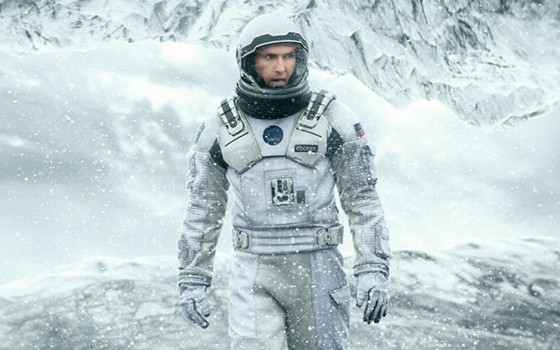
Interstellar harkens back to an age of sci-fi where it was more about discovery and awe of new worlds than dystopian landscapes—though there are some of those too in Christopher Nolan’s 2014 epic.
Interstellar takes a lot of cues from 2001: A Space Odyssey. Most obvious in an amazingly scored scene early in the film where our heroes’ ship is docking with a space station. It could almost be an updated sequence from 2001, with the silence of the vacuum of space as thrusters mutedly blaze and again, when we see Cooper, played by Matthew McConaughey, get jettisoned from his ship and travel through a wormhole.
It evokes the scene in which Dave is sent hurtling into the unfathomable beyond—albeit, with Nolan’s Interstellar, it’s a trip that’s much more condensed (and safer for epileptics), and doesn’t end quite as cryptically. Christopher Nolan’s farmer-goes-space-faring is, arguably, a more approachable and easy to swallow companion piece to 2001.
It’s also been pointed out that Christopher Nolan, Inception, has an array of Kubrickian motifs—from mazes and a similarly clean, symmetrical framing.
4. Beyond the Black Rainbow (2010)
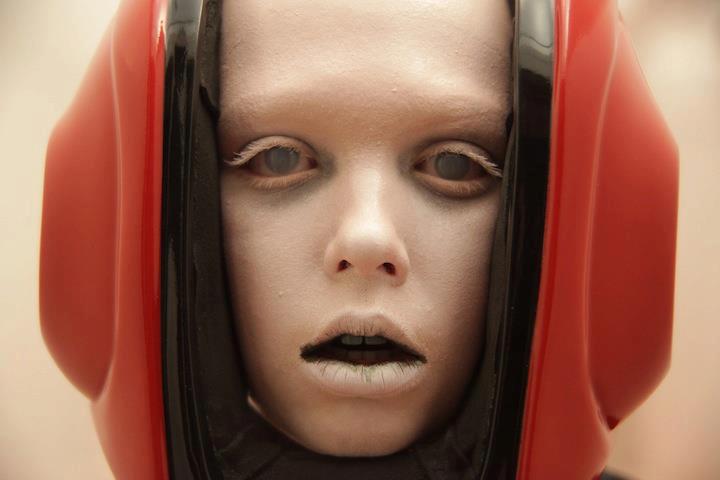
The sci-fi thriller by director Panos Cosmatos, Beyond the Black Rainbow is like a mix of 2001: A Space Odyssey and A Clockwork Orange. We meet Elana, a young woman imprisoned in the Aboria Institute, a place that promises—in what could possibly be the best example of what-could-possibly-go-wrong slogans—serenity through technology.
Through heavy drugs and a glowing pyramid in the basement of the facility, Elana is kept under close wraps by her coldblooded handler, Barry, who sports a very Anton Chigurh hairdo and creepy smile to match. Barry has seen what the Aboria Institute can offer and believes Elana holds some sort of key to understanding it even better.
But where is this serenity promised earlier? What is the Institute’s (and Barry’s) ultimate goal? Adding a haunting synth score and stellar 80s-inspired wardrobe and set design, Beyond the Black Rainbow is a slow-burn horror story (some might argue too slow) that drips atmosphere, an interesting throwback style, and fantastic claustrophobic tension.
3. Ex Machina (2015)
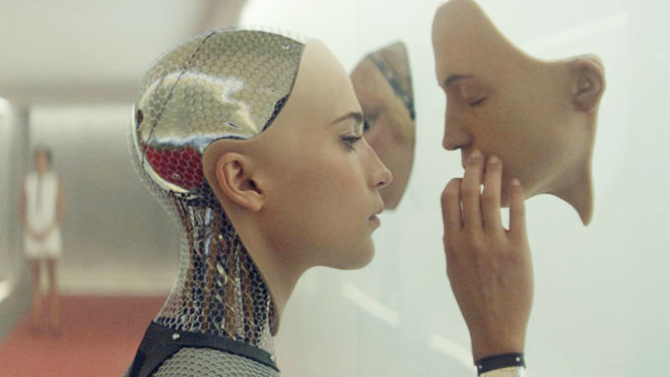
Before his death in 1999, Kubrick had been working on a project called A.I. Artificial Intelligence. It would later be completed by long-time friend Steven Spielberg. It was not well received and while it had elements you’d expect from a Kubrick film, Spielberg’s family-friendly approach to tackling the story made for an inconsistent end result.
In 2015, screenwriter-turned-director Alex Garland, famous for his Danny Boyle collaboration with 28 Days Later, went behind the camera with Ex Machina, a superb science fiction film that might be something akin to what AI could’ve been—but with more dancing.
Starring Domhnall Gleeson, Alicia Vikander, and Oscar Issac all giving truly magnificent performances, Ex Machina is a stunner of a sci-fi film well deserving of its high praise.
2. There Will Be Blood (2007)
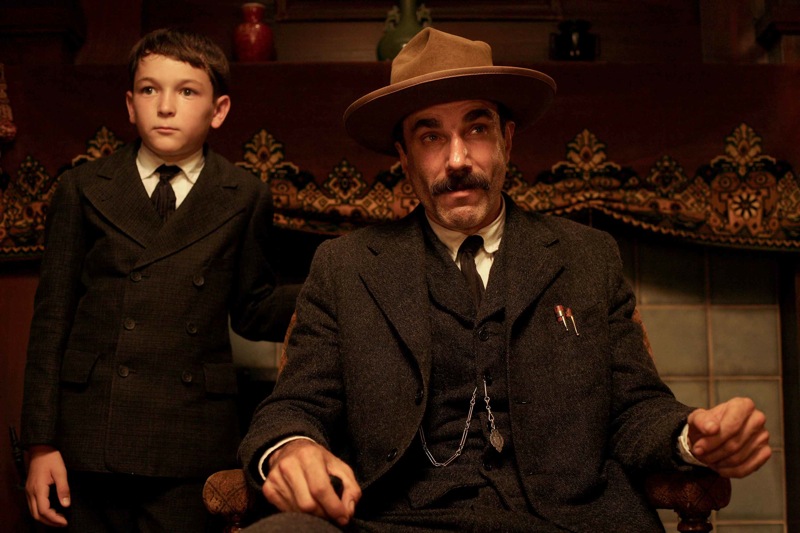
Basically the “Kubrick stare” spread over two hours, Paul Thomas Anderson’s There Will Be Blood sees Daniel Day-Lewis as an oil tycoon driven by greed and a murderous single-sightedness. Long stretches of silence and a careful patience with how things unfold work to lend a great deal of Kubrickian atmosphere to the picture.
It’s detached and somber with an ending that hits like a freight train—a culmination of every evil deed Daniel Plainview, for all his accomplishments, winds up chasing another man around the bowling alley in his mansion’s basement with a bowling pin. It’s a reverse 2001: A Space Odyssey: man degrading back to beast and opting for inflicting blunt-force trauma to deal with his problems.
1. Under the Skin (2013)
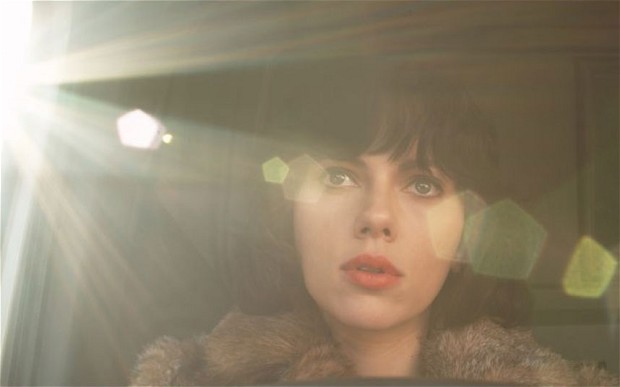
The second Jonathan Glazer film on this list, Under the Skin stars Scarlett Johannsson as The Woman, an alien sent to Earth to lure men to be turned inside out and have their innards sent back to her home planet. (I know what you’re thinking, but stay with me here. Despite its similarities on paper, Species this is not.) When The Woman begins to have a desire to feel something beyond just being a workaday body harvester, we see her trying to learn to feel.
Many long quiet scenes as we watch The Woman test what she can experience like those she sees around her, trying to be a part of our world, but denied twice—by the numb entity inside the costume, and again by an equally unfeeling costume itself; a shell that has no function beyond looking convincingly, enticingly human. It’s a bleak heartbreaking story capped with a chilling conclusion that is guaranteed to remain with the viewer for a while after the credits roll.
Under the Skin is about as Kubrickian as a movie could be without bearing the director’s name. Terrific camerawork, an eerie score, and a dour atmosphere helped greatly by Scotland’s drizzling rain and overcast skies. Not to be missed.
A few other directors who could be considered Kubrickian include Darren Aronofsky, Spike Jonze, Gaspar Noé, Duncan Jones, Michel Gondry, and Charlie Kaufman.
These are just ten titles that fit under the banner of Kubrickian films. Let us know what other films or directors you think are Kubrickian in the comment section below.
Author Bio: Andrew Post lives in Minnesota with his wife and their two dogs. He is the author of Knuckleduster, the Fabrick Weaver series, and Rusted Heroes.